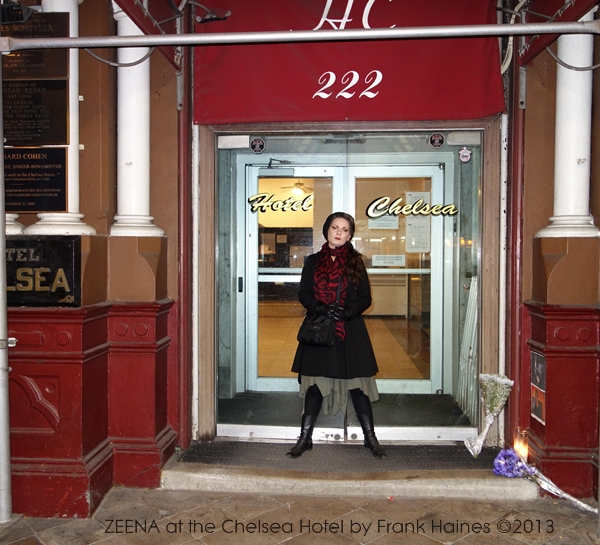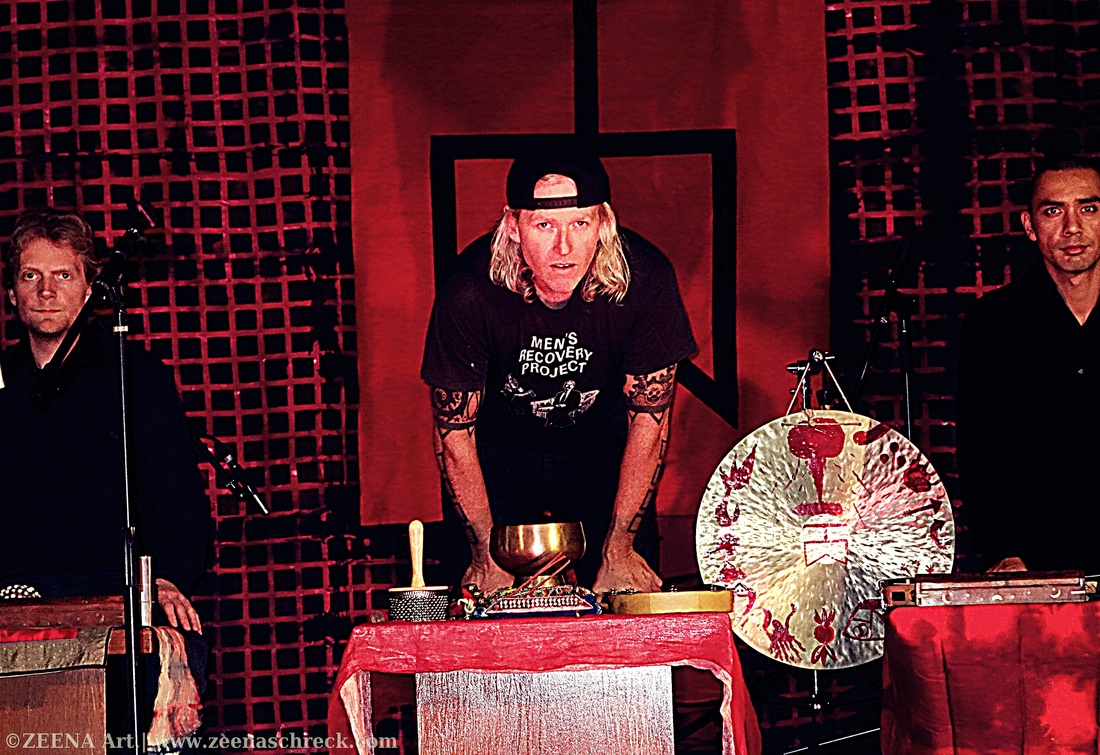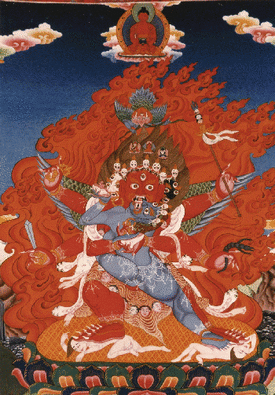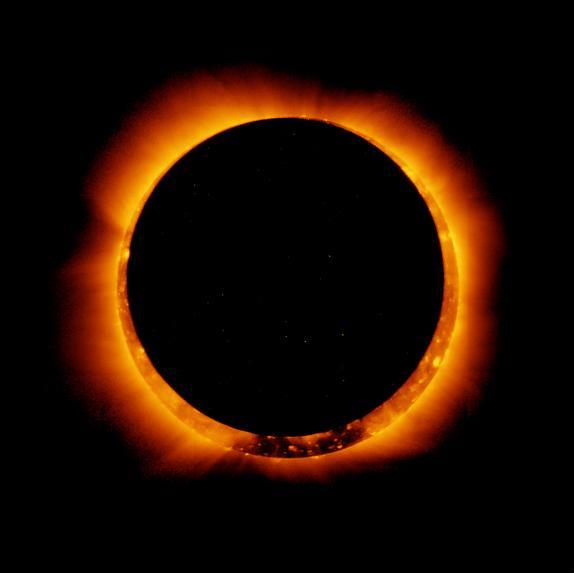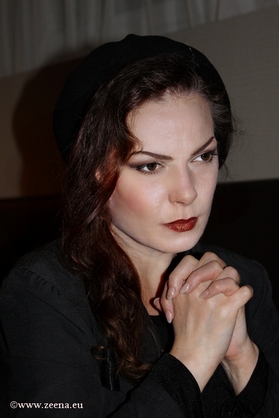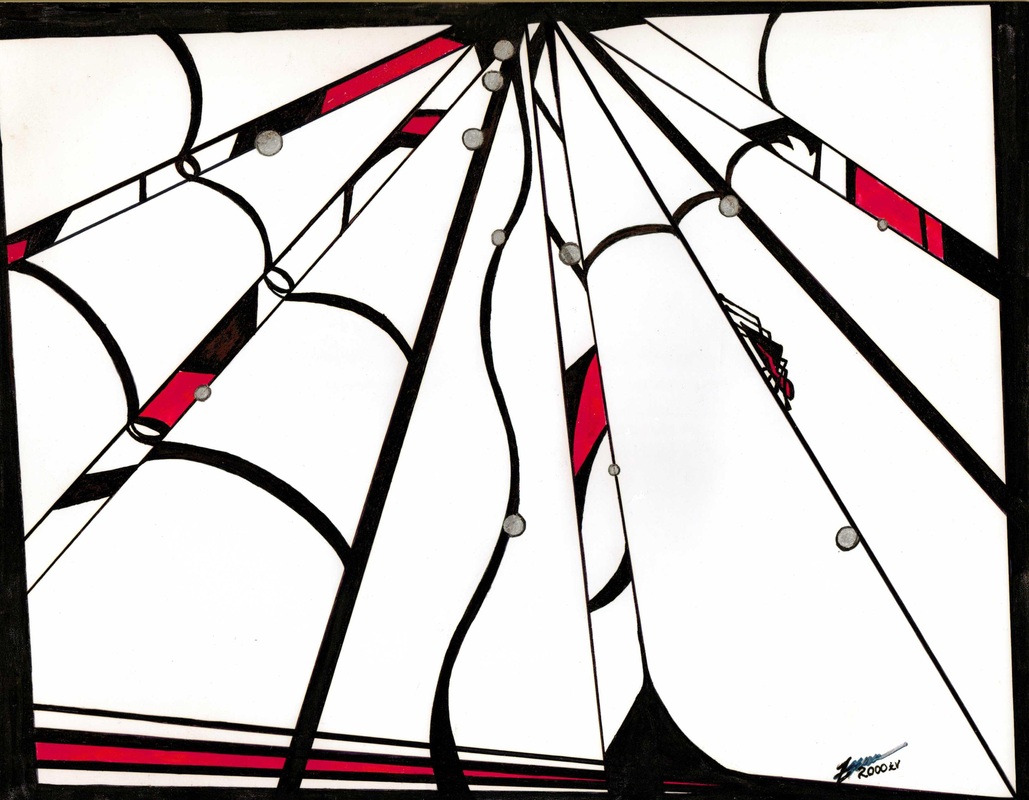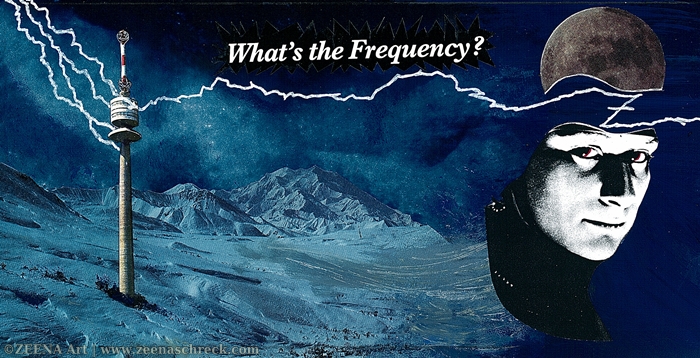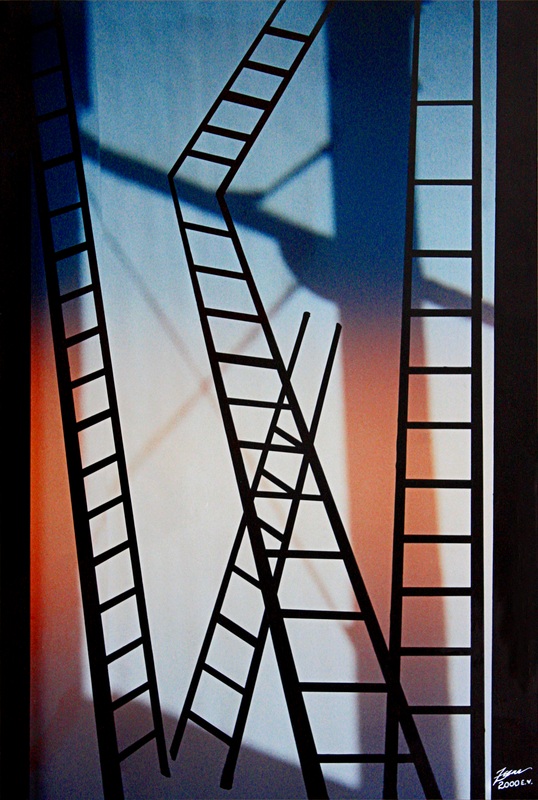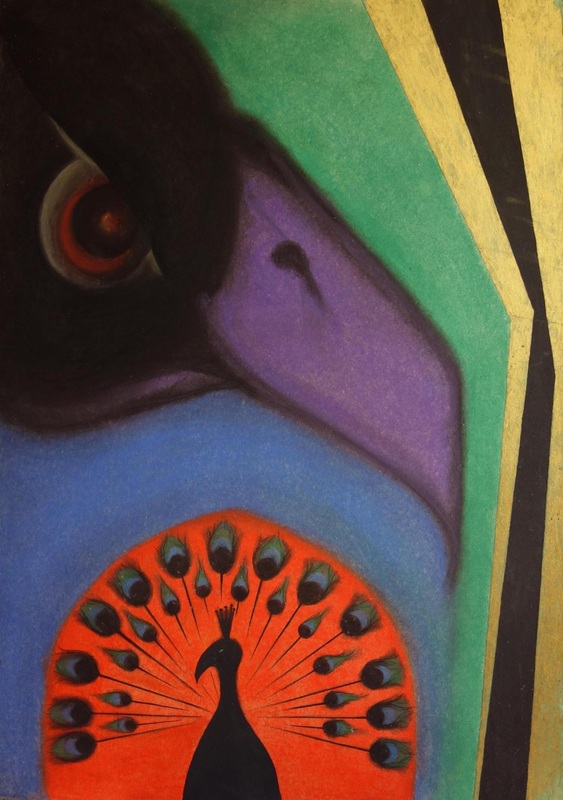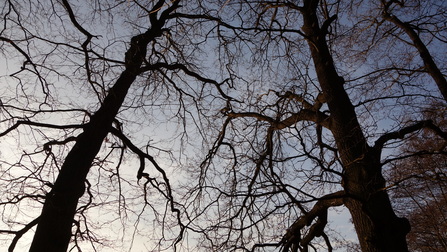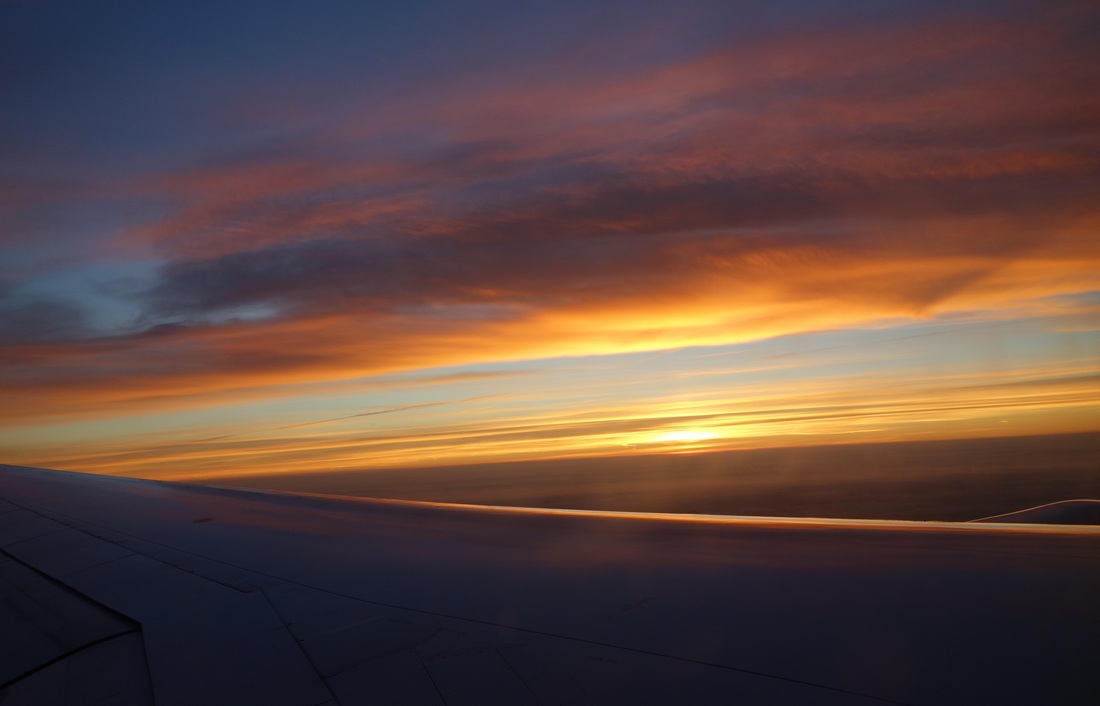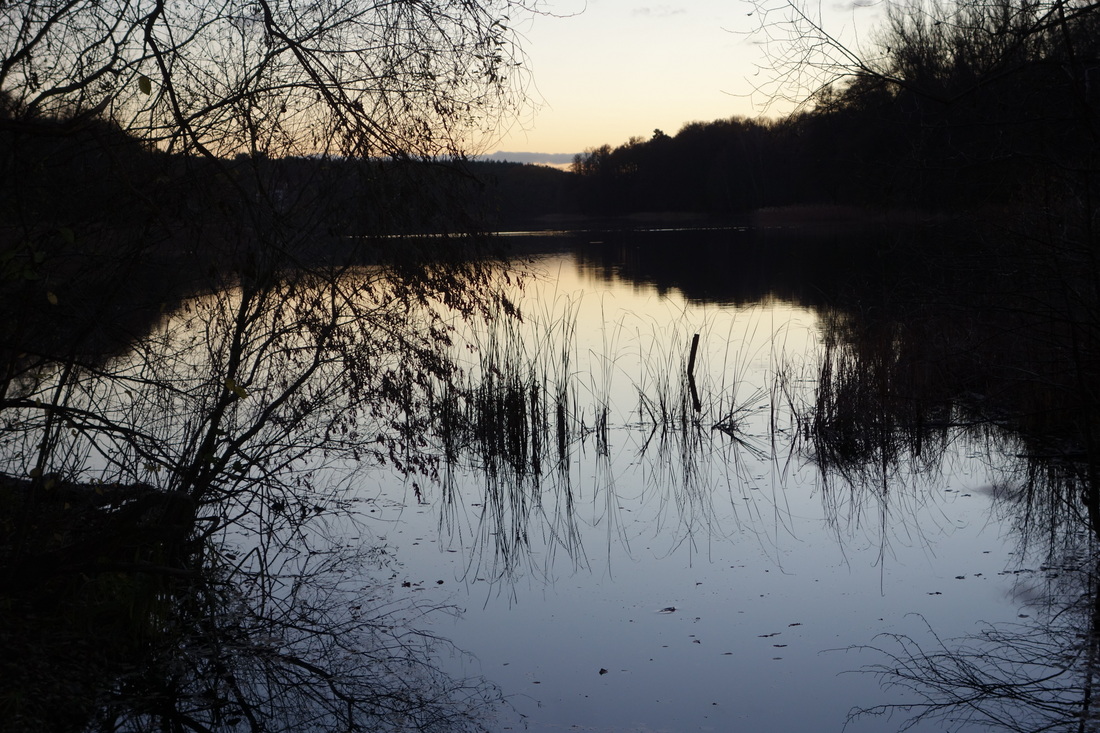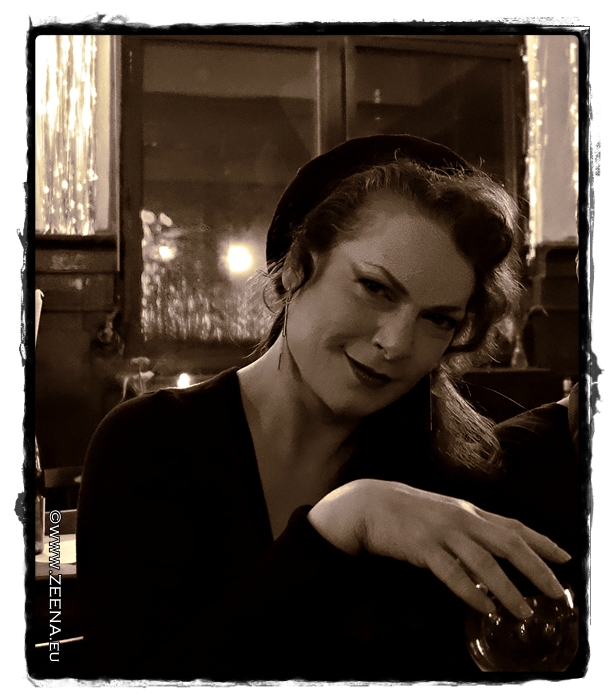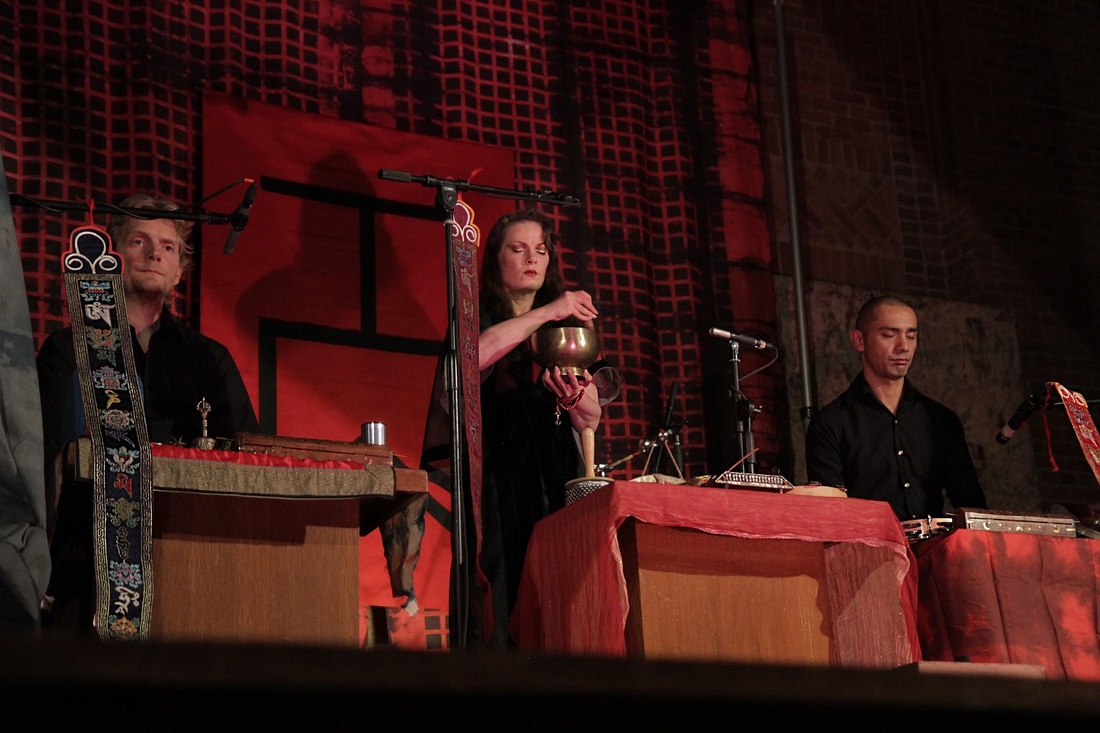|
A heartfelt thanks goes out today to my dear artist friend Frank Haines, who sent me his latest book, aptly titled, Frank Exchanges.
Frank organized the 2013 New York performance, “Zeena Schreck, Live from the Eye of the Storm.” Over the course of our lifetimes, Frank and I have worked, lived and loved in many of the same cities - San Francisco, Vienna and Berlin - but it wasn't until 2012 when our paths finally crossed and we began plans to collaborate on various art projects.
Frank Exchanges is a labor of love spotlighting twenty-six artists who have traveled through Frank's life at various times. I had the privilege of meeting many of these talented and hard-working artists as a result of my collaboration with Frank for our New York performance. So it's wonderful to learn more about this community of creators and creatrixes in this volume.
Frank is inspired by and works with artists who understand and embody the integration of spirituality, magic and the creative process. He also has an appreciation and understanding of the feminine energy central to creativity. This could be because he's been nurtured and mentored by many female artists, including his two sisters and his life's partner, Jackie Klempay. It could also be because he really digs feminine mystical artists. Conversations with Frank are often peppered with references to female artists who inspire him. So it's not surprising that the introduction to his book explains the genesis of Frank Exchanges, as related to two female artists and how the “direct interview form, where the content reflects a conversation” shaped his desire to publish his exchanges with artists he knows: When I look at a Loise Nevelson sculpture I think about the way she described eating raisins. She would not eat raisins by the bunch but singly and selectively. 'When I put a raisin in my mouth I know what I'm doing'. This single statement expresses a mindfulness about living in the world that I see reflected in her work.
[...]
“Eliza Swann interviewed me for Arthur magazine in 2011. I loved the conversation that resulted from the meeting of our minds. Inspired by these results, I wanted to document many of the ideas that have been shaped through conversations with close friends of mine.”
From that launching point, Frank manifests Frank Exchanges. A collection of essay-interviews that reveal complex philosophical and religio-magical perspectives from artists who have experienced struggle, love, pain, poverty, doubt, loss, euphoria and all of the usual challenges artists face in a society which devalues visionary thought. It offers a glimpse into the minds of ambassadors from another state of consciousness. In a strictly materialistic culture, both art and spirituality are often viewed by society as worthless, when they don't contribute to economic and industrial productivity. So it's refreshing to see artists intelligently interviewed by one of their own, rather than being asked inane questions by someone who can't relate to the creative spirit!
~Zeena
1 Comment
PRE-REGISTRATION for ZEENA's Next Workshop Ends March 26 , 2015. LIVING IN THE KALI YUGA, is a public workshops series which serves as an introduction and foundation for those interested in possible continued training with Zeena. There are only two more workshops in this public series. The next workshop is Sunday, March 29. COURSE DATES & DESCRIPTION HERE To pre-register for the March 29 workshop choose “Workshop1-Teaching w/ Practice 50 Euro” on the drop down menu: If you don't have a PayPal account, pre-registration can also be done by bank transfer by writing to: [email protected].
If you do not live in Berlin but are interested in booking long-distance consultations with Zeena - Skype sessions are scheduled between Tuesday and Friday, 4PM-7PM Berlin time and can be arranged through [email protected]. A Special Rite of Spring: Astronomical triple punch of magical power on 20. March 2015.A Supermoon, a New Moon and a solar eclipse will all come together in our skies on the Spring Equinox this year. This will be a potent day for all magical and mystical workings. Any ceremonies, rituals, aspirations, vows or prayers performed on such day, during this unusual event, will have manifold effect. Karmic results are multiplied by one hundred million on solar eclipses as compared to seven million on lunar eclipses.
This means, positive actions initiated on such a day carry profound benefit to others and one's self. Similarly, any negative thought, speech or actions carried out on this day will have profoundly heavy and disastrous consequences for the instigator. So for this Equinox especially, choose your actions carefully. It's a good day to generate loving, healing and compassionate feelings for yourself and others. Connect with those who elicit love and compassion within you, whether they're human, non-human or non-visible beings. For anyone you know who is sick or dying, this is a fertile day to perform healing and safe passage rites. To benefit yourself this Equinox, find a time and place outside of your normal routine where you can enjoy and radiate an atmosphere of peace. If you've been experiencing destructive, confused or depressive emotions, make an effort to set that thought pattern aside for just one day. Instead, replace it by focusing your attention on even the tiniest activity which could elicit joy within you. Nurture yourself during this solar eclipse as if you were your own mother. Avoid conflicts, people and situations which are likely to stimulate negativity and destructive emotions within you. Avoid putting things into your head which stimulate anger, obsessiveness and agitation. Since the karmic consequences of even mild irritation will be so much greater during this time, you may consider logging off of social media for a day (or more), and not allowing yourself to get hooked into loops of gossip, politics, trivia or other habitual activity. If you have something planned which could lead to arguments or negativity, consider canceling your plans and doing something pro-actively positive and beneficial instead. Close the day with thoughts of gratitude for what you have which others don't. Express regret to yourself for any misdeeds on this day or ever. Continue a positive attitude into your sleep with a healing or purifying mantra, prayer, aspiration or thought. May the seeds you plant today ripen to bear beneficial fruit. May this year's Rite of Spring bring you renewed vitality, strength, peace and joy. OM MANI PADME HUM & Š-L-M ~Zeena Trace the Solar Eclipse Path of Totality on this map to find where the eclipse will occur in your area. By the 1/4 Irish Elf in me, may you enjoy a magically green St. Patrick's Day! -Zeena Luchorpan
Group: Radio Werewolf Album: Love Conquers All Music: Zeena Schreck Copyright 1991 All Rights Reserved “LUCHORPAN makes audible the faery realm, the elves, kobolds and mischievous “little people” who guard the treasures of pagan European heritage. In this case, as they appear in their Gaelic, Irish form.” -Zeena Schreck From the Radio Werewolf Press Release for Love Conquers All. Interview with Zeena Schreck by Luca Piccolo for Italian art magazine WSF (Words Social Forum). Zeena discusses art, magic and her creative development and inspirations. Intervista con Zeena Schreck a cura di Luca Piccolo per l'art magazine Italiano WSF (Centro sociale dell'Arte) 21 Febbraio 2014. Zeena parla di arte, magia, della sua evoluzione creativa e dell'ispirazione. Per leggere la versione italiana con gli artworks di Zeena, clicca qui: http://wordsocialforum.com/2014/02/21/lo-zaum-di-zeena/ 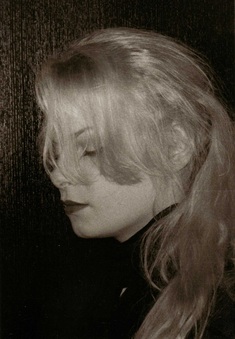 Self portrait 1990, Vienna. Self portrait 1990, Vienna. Among all of the left hand path personalities emerging in Europe today, most important is Zeena Schreck whose life’s work is dedicated to raising awareness in the West of the difference between authentic left-way mystical traditions from occult imitations. Much of her research, experiences and teachings in that field are presented in her influential book “Demons of the Flesh: The Complete Guide to Left Hand Path Sex Magic,” co-authored with Nikolas Schreck. Zeena Schreck is an American born, Berlin-based interdisciplinary artist known by the one-name moniker ZEENA. A counter-culture icon, she is known through her work as photographer, graphic artist, musician/composer, writer, animal rights activist, magician and mystic. She has practiced and taught magic and meditation for over 30 years. Her artwork stems from her mystical experience. Since childhood, Zeena was exposed to magic and sorcery through her family environment. In 1990, Zeena renounced the pseudo-satanic religion of her family in favor of finding her way to authentic Eastern left-way spiritual lineages. Today, she is a practicing Tibetan Buddhist yogini and the spiritual leader of the Sethian Liberation Movement (SLM, founded 2002). Between 1988-1993 Zeena was composer, vocalist, musician and graphic designer for the sonic magical musical project Radio Werewolf (c. 1984 to 1993). Her most recent musical release is “The Vinyl Solution-Analog Artifacts: Ritual Instrumentals and Undercover Versions” Her graphic-art project, “God Bless Charles Manson” is published in “The Manson File: Myth and Reality of an Outlaw Shaman.” Her last art Installation was“Zeena Schreck, Live From the Eye of the Storm” transmitting sacred syllables from Vajrayana, Shaktism and Sethian-Typhonian left-way tantric practices, organized by visual artist Frank Haines and presented by Performa-13. http://13.performa-arts.org/event/frank-haines-zeena-schreck Zeena has written for VICE Magazine and the Beat-oriented periodical Beatdom and is currently working on music and art projects. 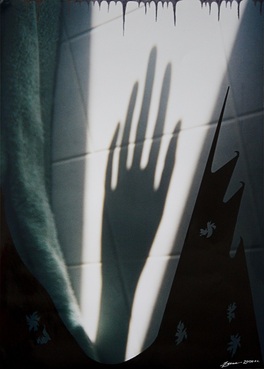 How do you define Art? There are many different types of art and reasons why people feel driven to create. In my case I use a holistic approach. There has always been an inseparable unity between my spiritual practices and my art. This holistic approach to art, exactly like the tantric techniques I practice, is when all activities and aspects of life are a part of an ongoing “work in progress” contributing to the ultimate completed work – both art and spiritual work. So this informs all activities, whether you're buying art supplies, rehearsing, eating, carrying out your personal grooming, painting, having sex, sleeping, cleaning, wrapping a package, driving, parenting, contemplating, helping a sick friend, singing, etc. – absolutely all aspects of your life are carried out in as mindful a way as possible in order that each small part contributes to the greater body of work, which you eventually shed and leave behind. Your Magnum Opus – this life. In this sense, I guess you could say I'm an inspired artist, rather than one who's perfecting or developing a particular school or type of art or an artist who's more interested in technical aspects of the craft. Inspired art is literally having the breath of divine or spiritual energies stir within you so that you are no longer your usual persona; the composite of your habits, conditioning, tastes, biases, circumstances, etc.. Instead, you are a medium for the energy which is inspiring (breathing into) you to create. In antiquity, this phenomenon was known as being inspired by a Muse. I was born with this type of inspiration to create. As early as I can remember, I had an impulse to draw and would just sit in the middle of the floor, or on the roof of our house, or blocking the stairwell just to draw. I drew on absolutely anything available in the house – often to the irritation of my parents! I was a drawing maniac. Drawing gave me a whole-body peaceful sensation and I'd get an uneasy feeling of something being “wrong” if I couldn't immediately draw when the impulse struck. I had no idea where that idea came from. Even now I can't adequately articulate it, like a dream you can't fully describe. Much later I learned that in ancient times being born with creative inspiration was considered a gift from the gods. It was thought that if you didn't honor that divine inspiration, or gift, and fulfil your destiny to create, the gods would not look favorably upon you. They considered it a slight against their generosity when humans wasted potential that not everyone's granted. So you'd forfeit your gift and that divine inspiration would be passed on to another more worthy. That's what the phrase “the muse has left” originally meant. That you waited too long and the divine inspiration was permanently taken from you. So maybe as a child I had some kind of karmic “memory” of something similar to this mythological phenomenon. As a child, I never wanted the usual things kids ask for as gifts; games, toys, dolls or popular clothes. What really got me enthused was getting art supplies and materials, particularly materials to make my own puppets with. Somewhere in storage, I still have a box of my childhood drawings and some paper puppets I made, which are quite humorous considering the influences I was exposed to growing up. I have a newspaper clipping about a junior art competition that I won at six years old. Around the same age I began creating theater pieces and ballet shows with neighborhood friends. Then my grandfather taught me how to use an old camera and I fell in love with photography. By fourteen I began training in drama and theater. I made experimental films with class-mates and wrote monologues and scenes for presentations and showcases. I watched as many foreign films as possible, what Americans considered art house films, and that spawned a growing desire to live and work in the European film industry. And then later I began musical composition. So, the point is, this creative inspiration couldn't be curtailed. In tantric Buddhist practices there are many factors that determine why a person has predispositions for certain things. So aside from this inspiration to create, there are certain organically recurring themes in much of my art. One of them, which you have noticed, is nature and animals. Another common theme I see over the years is that I like working with light and shadows, and extremes. Sometimes I work with very vibrant colors and other times I focus on only black and white. I also make use of space as an important ingredient of a work. In art terminology I'm referring to “negative space.” I do this in my music and soundscapes as well. Silence is very important, both in tone and on a canvass or in a photograph. Creating an empty space, or conveying and expansiveness, allows the viewer or listener to focus attention and open their mind to what isn't readily perceived. Negative space is important on many levels. Without the "negative space" there would be no way to reflect upon the contrast of an object in the picture, or the notes in music. Space is also very important in the spiritual meaning as well. I'm referring to the tantric understanding of emptiness. I view art as a form of communication - on many different levels and experienced differently by each artist. In my art I try communicating an inseparable circulation of energy between inner and outer worlds, the dream state and the waking state, the subtle and the coarse, the ultimate and relative realities, the mystical and ordinary, the feminine and the masculine. Art is also a reflection. Whatever I create to some degree reflects what I'm experiencing or have experienced. This is also true for any works of art throughout history. You see or hear a reflection of the tone, energy or living standards within which the artist was creating. I find that fascinating. To give you an example, as I'm writing this, a neighbor is playing his radio on the street outside of my window and a piece by Johann Sebastian Bach is attracting my attention. I notice as I listen to it how much, in addition to the talent, precision and energy of the composer, there is also an aspect of a musical time-capsule involved in which the pace and way of life from the composer's time is reflected in the composition. The viewer's, or listener's, inner world is also reflected back while taking in a work of art – and that gets back to the communication element. As an artist, you are remotely communicating with people in all different times – as Johann Sebastian Bach is with me and my neighbor at the moment! I've always found it fascinating when I see how differently one piece or work can be perceived by different people. How often it happens that you perceive one mood or feeling in a work of art and someone else perceives something totally different in the same work of art. That's because your state of mind contributes to how everything is perceived, including art. My art is also heavily inspired by dreams and mystical experiences. Those messages can be strikingly clear, with unambiguous meaning, or they can be delivered in a language of symbolism and atmosphere. All art originated as communication between the waking, spirit, and dream realms. Cave paintings, animal totem sculptures, drumming hypnotic rhythms, oracular chanting or the embodying of characters in morality plays – all of these examples of art were originally informed by mystical and oneiric experiences. Not so long ago, before our developed worlds' compulsory anthropocentric-humanist ideology, inspired art was always synonymous with mysticism, animism, shamanism, divinity, religion and magic. This is what art is for me. What is Magic for you? First of all, thank you for spelling it correctly, and for not adding a “k” at the end of magic. I should make it clear that the word “magic” has neither a positive nor negative connotation. My book Demons of the Flesh explains in detail the origins and meaning of the word magic. To give you a brief summary, magic is a method or technique. The word stems from the ancient Greek magike tekhne or “art of the magi”. From Demons of the Flesh: “The modern magician does well to remember the ancient concept of magic as an art, noticing as well that tekhne is the root word for 'technology.' Approaching magical praxis as a delicate balance of intuitive and aesthetic art form and logical and rational technology – at once an esoteric science and [what was once referred to as] the Black Arts – can allow for a more exacting approach to the development of the skill.” Along these lines, one of my first Buddhist teachers told me that, to understand the complexity and discipline of Dharma practices, it was very good that I was an artist because Dharma practices are more akin to an art than religion. He suggested that possibly the best way for me to teach was through my art. That, of course, was music to my ears! To describe what Magic is for me, it helps to provide the largely agreed upon definition of magic, cross-culturally and by many different persuasions. This excerpt from my notes at a 2009 presentation in Berlin on this subject, Magic, Media and Meditation, briefly summarizes that: “ Magic has very subjective interpretations among all the different types of practitioners. But there is a basic standard, an established commonality, which each magician accepts as the core definition. How the practitioner develops from that basis is determined by many different variables according to the different persuasions and practices of magical teachings available to each culture. The core practice of magic is: The execution of a willed intent to create change in the material world, which either defies, hastens or purifies the consequences of natural cause and effect.” 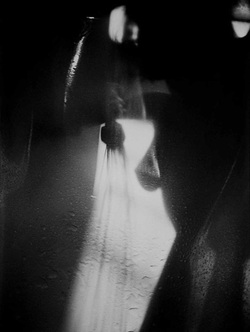 As with art, magic also is a form of communication on many obvious and subtle levels. Poor communicators have difficulty practicing magic successfully. A magician might think he's a perfectly good communicator because he talks, writes, and reads a lot. But test his communication skills with non-human beings and it becomes immediately clear whether or not he's capable of making contact with The Other. For example, those with no connection at all to animals, or who cannot even try to communicate with an animal but rather try to control it, would be poor magicians. Similarly, someone who feels silly or embarrassed trying to communicate with a non-visible entity, which is necessary to practice theurgy, invocation, prayers, spells, visualizations, and basically any kind of magic, will be a poor magician. Good communication skills, therefore, doesn't mean anyone who has a lot to say, or who continuously talks to fill gaps in conversation. On the contrary very effective magical results can come from communicating clearly but softly. Or through undisturbed emotions. Or in a language that only you and the being you're communicating with know. There is an inherent energy to everything; constantly vibrating subtle particles that form all matter. We now know that focused, directed thoughts can change the molecular structure, quality and energy of matter. So, that requires clear communication in a focused state of mind. Considering that, you can imagine how the motivation of an artist and his or her state of mind will affect the final outcome of the work. This is true for all aspects of living and dying. Not only in creating art. For example, if you go to a restaurant and have a meal prepared by a cook who is angry that he has to work late, impatient for his shift to be over, and resentful that he's working on a Saturday night when he'd rather be doing something else, you will be eating those toxic emotions through the food. There's a difference in the way food tastes when prepared by someone who loves you and is thinking loving thoughts into the meal (even if the food isn't perfectly prepared), compared to a similar meal at a busy food-chain prepared by a wage-slave cook. So our thoughts are very important when creating works of art. If we have a scattered, distracted, emotionally disturbed mind, it definitely manifests in the art. If we focus our motivation for what we hope to achieve in creating art, even if it's only thinking or repeating one word or phrase, that thought will carry into the artwork. The subject matter could even be unpleasant or disturbing (i.e., a war photographer or art and poetry created from experiences within repressive political regimes or violent families). If there's a compassionate motivation while working on the art, the effect of the compassionate thoughts will exist within the work, despite the possibly harsh appearance or tone of the finished work. Naturally, the reverse is also true: Art depicting pleasant subject matter created by an emotionally disturbed state of mind will also absorb and convey that energy. So, as a magical technique, one of the most important things for any artist to remember before beginning is to be clear about the motivation. In a very small way, it's how to begin understanding magic in the context of an ongoing, never ending practice. There is, of course, so much more to the subject of magic - too much for one interview. But that can give you a small idea of how I utilize magic in my creations. 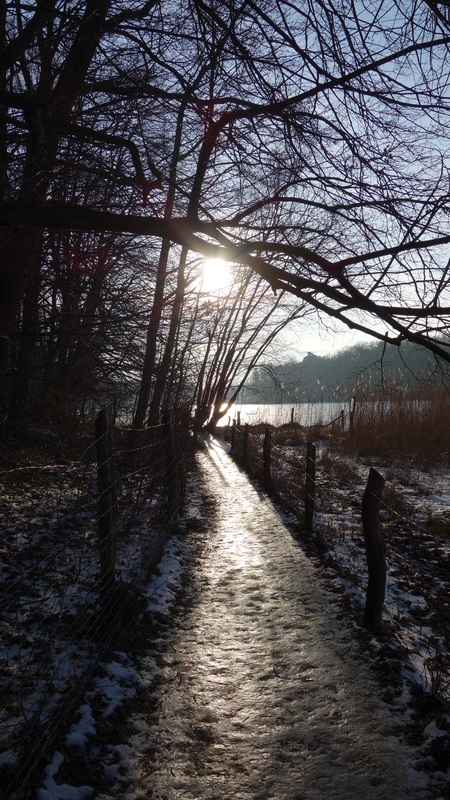 Often in your photos your subjects are landscapes or animals, why this choice? The simple answer is because that's what I like best. Being surrounded by animals and nature simply feels good, so why not do what makes you feel good? Which is why I live in the forest of Berlin and not in the city center. The most beautiful secret about Berlin is that it has the largest body of forestry of all the European capitals. To contrast that, consider one of the most famous films to come from Berlin, Metropolis, and its depiction of the industrialized worker-drones filing off to factory jobs. Well, that was a reflection of Berlin city life in the 1920s. But what the film depicted of how industrialized living affects the psyche is even more true today in any metropolis. City living creates a disempathic, anhedonic malaise that drains your vitality and strains the immune system. You have limited freedom of movement and space, so you confine yourself to a very selective and guarded personal space. Living packed into cities like human slaughterhouses compartmentalizes everything and fosters a desire to segregate. But in nature, boundaries are less defined. So you have a feeling of expansion rather than constriction. In Japan the Forest Agency created the idea of “forest bathing” and it's now officially recognized as a stress-management activity everywhere. I notice that whenever people come from the city center to visit me, they always comment on how much instantly better they feel just being around trees, lakes, wide open spaces and no traffic or streets. When I do portraits of people, taken in nature settings, there's a noticeable difference in the expressions. People are more at ease in nature. In city environments, under hectic and rushed conditions, people's expressions are much different. Even happy people display a subtle tension because they can't fully relax, anticipating the next interruption from whatever electronic devices - I can't work that way. What do you think is necessary to do Art? Patience. Self-discipline. Practice. Trust. Gratitude. A sense of humor. And what in Sanskrit is known as lila, divine creative play. A “priming of the minds canvas” is necessary. Clearing away mind-clutter in order to reach certain trance or meditative states helps you to become completely absorbed while working. If you prime yourself before beginning to work, then the art flows freely. You don't have to “think” of what to do. This expansive meditative state of mind creates a type of enthusiasm (literal meaning: an energy infusion from pure and powerful forces) which also affects the final product. So, because of the way I work, I'm very selective about who I work with and what projects I agree to. I carefully consider the energy, ability and mental state of the people I work with because that also affects the final result of the project. In choosing an apprentice or assistant, it's very important for me to work with those of a similar temperament to maintain a cohesive and conducive atmosphere during the creation. When it comes down to the task of actually doing the work, choosing those who are undistracted, have good focus, and who aren't preoccupied with trivia, impatient or waiting for the “fun” to begin. That's what's important. And this is true of all inspired artists. It's a particular temperament and a way of working whereby you have a clear vision and you can only work with people who understand that way of working. In other words, I am not what I call a “congregational artist” - someone who only engages in art to feel a warm fuzzy sense of community with “like-minded people.” You may as well join the Hare Krishnas, if that's what you're looking for. In order to create, you also need the fire in the belly. An urgent sense of time passing and impermanence. It's the knowing that if you don't seize the moment when you have it, you'll never get that shot exactly the same again; you'll never record that track exactly right without completing itnow ; you'll never film that scene exactly the same way tomorrow. The fire in the belly is the sense of urgency. That there is no time to waste. That regardless of circumstances, availability of materials resources, time, financial conditions or obstacles, artists who are inspired to create have an unstoppable fire. Being truly inspired to create means you can't say you have to wait to buy a new notebook in order to write. You will either write with whatever you have or you will find a way to make one appear for you. You won't say you need to wait until you have more time to begin painting. You make the time or you sacrifice time from meaningless activities in your life. You won't say your creative juices just aren't there without the right sexual partner in your life. You will integrate your desire for the right sexual partner into your creation. Then maybe, like Pygmalion, your Galatea will actually appear in your life. You won't be an uptight geeky nerd about what materials or instruments you use, or can't do without. If you have a fire within you to create music, you will create your own instruments. If you're truly inspired, you won't even want to drink or take drugs to stimulate creativity because you'll be intoxicated by the process of creating. When you have the proper inspiration and inner fire to create, it's like a baby that's ready to be born – it can't be put off for a more optimal time to happen. It happens to you and like being in love, you can't resist it. Have you other project in work-in-progress? I'm working on three different projects simultaneously, involving music, writing and art. Generally, I don't talk about works in progress until they are completed or near completion. But for this interview, I've included some examples from the photography project I'm working on. Consider this interview, as well as my past, present and future work, all as fragments of my Gesamtkunstwerk, or inspired-holistic art project...A work in progress. To view the original Italian version on the Words Social Forum site, click here: http://wordsocialforum.com/2014/02/21/lo-zaum-di-zeena/
Zeena's next Vajrayana-Dharma workshop will be in Berlin on MARCH 29, 2015
Space is limited, so please reserve your place in advance. No walk-ins on the day of the workshop. Deadline for pre-registration is March 26. More details and pre-registration at http://www.zeena.eu/index.php… Private consultation sessions arranged through: [email protected] We're happy to announce the launch of the new ZEENA Art webpage and blog.
ZEENA Art is the only authorized blog focusing exclusively on the artwork, and mysticism of Zeena Schreck. Her artwork and writings stem from lifetime experience within magical, pagan, shamanistic, and tantric traditions. Here, we will focus exclusively on Zeena's art, music, writings and news of coming events and seminars, including upcoming teaching dates. For Zeena's backstory and archival material, please refer to the Zeena Schreck Wikipedia listing. We'll continue to manage and post to Zeena's official Facebook page, But because Facebook's reach is so unreliable, we recommend subscribing to this blog, to be sure you get all of our posts. We thank all of you who have been following Zeena's work through her official website, Facebook page and YouTube Channel, and we hope you enjoy this new addition to the Zeena media magic! All best wishes from Zeena and the ZEENA Art admins, Thomas and Mike. -Om Mani Padme Hum- |
SUPPORT FOR WORKS IN PROGRESS
Zeena is an entirely independent, self-funded artist. Her livelihood and funding for creative projects rely solely on commissioned artwork, teaching and lecturing engagements, performances and purchases of her products and music, as well as from donations from private patrons and sponsors. If you would like to pledge your support towards the production costs of current works in progress, please use the PayPal donation button at the top of page. Thank you for your support of Zeena's work! Archives
May 2024
Categories
All
|
Zeena's Bandcamp page |
Copyright ©2024 Zeena Schreck. All rights reserved.
|


